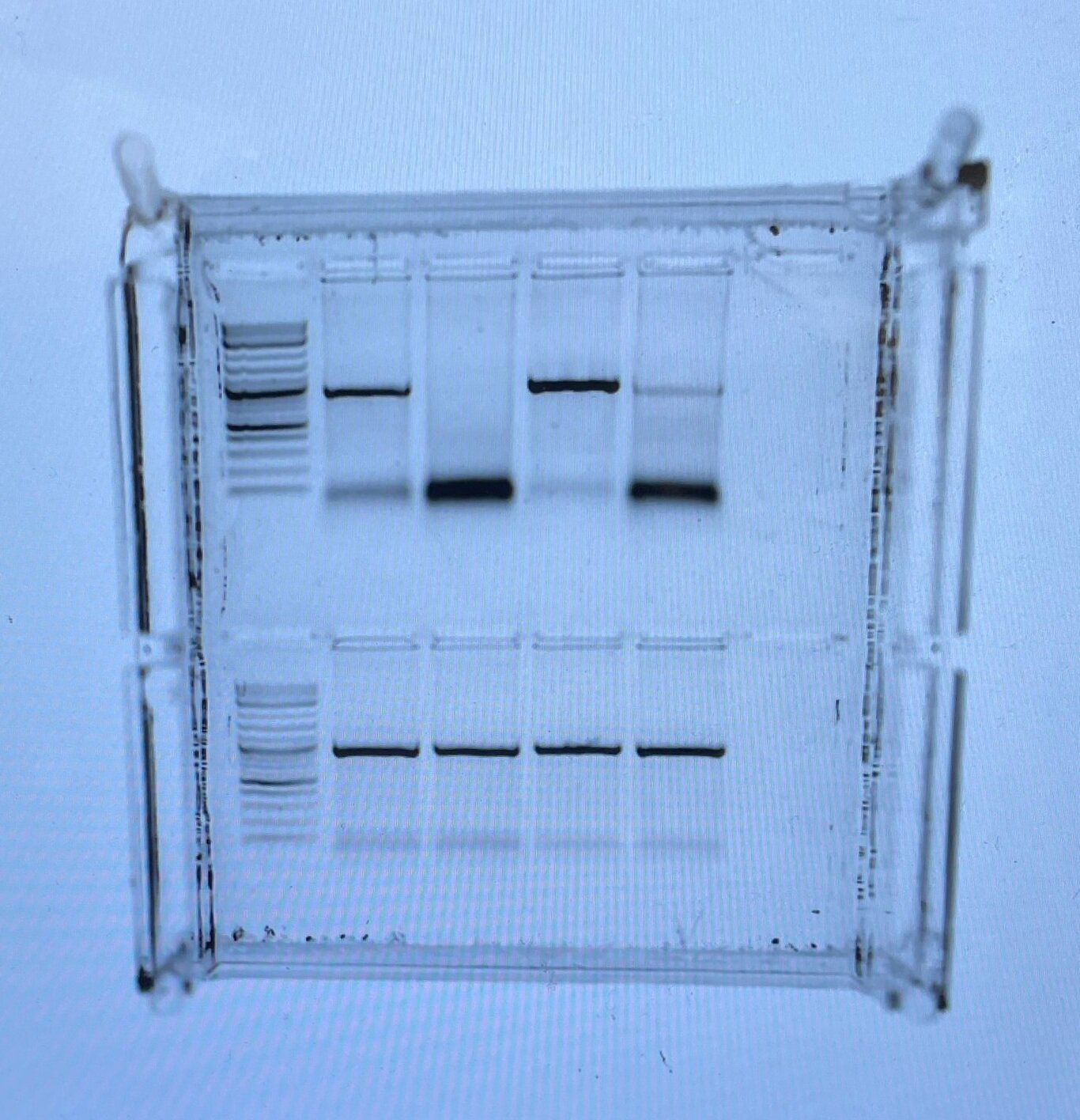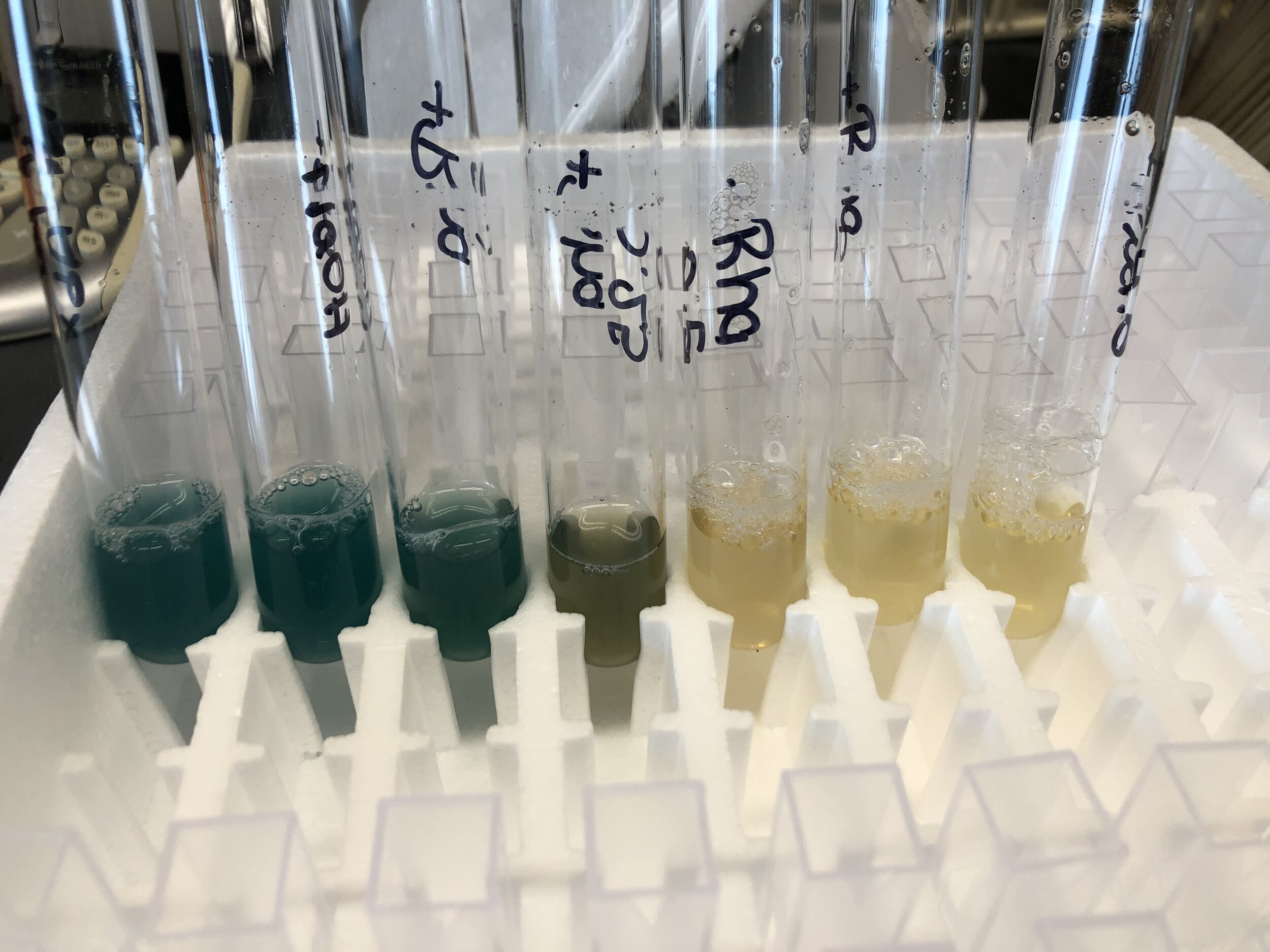
Research
What do we do?
Successful infection of a host organism by a bacterial pathogen depends critically on its ability to make the appropriate virulence factors at the right time and place. This is achieved through the coordinate regulation of virulence genes, the expression of which is typically controlled at the level of transcription initiation by DNA-binding proteins and at the post-transcriptional level by RNA-binding proteins. Research in our laboratory focuses on the regulation of gene expression in pathogenic bacteria by transcription regulators and by post-transcriptional regulators.
Several current projects concern the regulation of gene expression in Pseudomonas aeruginosa, an opportunistic pathogen that infects the lungs of cystic fibrosis patients. The RNA-binding protein Hfq is an important post-transcriptional regulator in P. aeruginosa, and although the repertoire of Hfq-interacting RNA species is well established for some bacteria, the extent to which Hfq associates with transcripts during their biogenesis was not known. We have found using chromatin immunoprecipitation together with DNA sequencing (ChIP-Seq) that Hfq associates with hundreds of regions of the P. aeruginosa chromosome. These associations are abolished when cells are treated with the RNA polymerase inhibitor rifampicin, suggesting that they reflect Hfq binding to transcripts during their synthesis. Transcription and translation are coupled in bacteria and our work suggests that the widespread targeting of nascent transcripts by Hfq represents a layer and extent of post-transcriptional control not previously recognized; through binding nascent mRNAs, Hfq is able to exert its regulatory effects at the earliest available opportunity and inhibit translation by preventing the association of the translation machinery with transcripts before they are fully mature. The ChIP-based method we have developed for studying the interactions of RNA-binding proteins with nascent transcripts (one that does not require the purification of RNA) represents a general approach for identifying the regulatory targets of RNA-binding proteins in bacteria. We have used it to show that RsmA, another important post-transcriptional regular in P. aeruginosa, targets hundreds of nascent transcripts. We are interested in determining whether Hfq and RsmA exploit unique features of nascent transcripts to exert some of their regulatory effects, whether Hfq and RsmA co-regulate certain transcripts, and how Hfq works in concert with small regulatory RNA species to control gene expression in P. aeruginosa.
Other work in the laboratory involves the study of three transcription regulators from Francisella tularensis, the causative agent of tularemia, that are essential for the intramacrophage growth and survival of the organism. One of these regulators is a putative DNA-binding protein that functions through interaction with an RNAP-associated complex formed by the other two. We are interested in determining how these regulators function coordinately to control a common set of genes and how the activity of these regulators is influenced by a small molecule.



